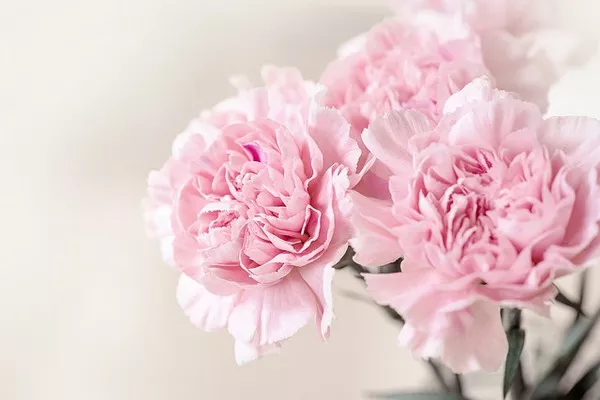Houseplants not only enhance the aesthetic appeal of our living spaces but also contribute to improved air quality and overall well-being. However, the presence of gnats in houseplants can be a common and frustrating issue for plant enthusiasts. Gnats, often referred to as fungus gnats, are small, flying insects that can quickly multiply if not addressed promptly. In this article, we will explore effective and professional methods to get rid of gnats in houseplants, ensuring the health and vitality of your indoor greenery.
Identify the Problem
Before implementing any solutions, it’s crucial to correctly identify the presence of gnats in your houseplants. Fungus gnats are tiny, black or dark brown insects with long legs and antennae. They are commonly found near the soil surface and may hover around the plants. Additionally, you may notice small, dark larvae in the soil, which are a clear indication of a gnat infestation. Confirming the problem will help you choose the most appropriate strategy for elimination.
Adjust Watering Practices
Fungus gnats thrive in moist conditions, making overwatered soil a prime breeding ground. To combat this, adjust your watering practices to allow the top inch of soil to dry out between waterings. Use a moisture meter to monitor the soil’s moisture level accurately. Be sure to empty saucers under your pots to prevent stagnant water, which can attract and support gnat larvae. By maintaining proper watering habits, you create an environment less conducive to gnat reproduction.
Use Soil Amendments
To disrupt the gnat life cycle, consider incorporating soil amendments that deter their development. One effective option is to add a thin layer of sand or fine gravel on top of the soil. This hinders the adult gnats from laying eggs in the soil, thereby reducing the number of larvae. Additionally, introducing beneficial nematodes to the soil can help control the gnat population. These microscopic organisms prey on gnat larvae, providing a natural and environmentally friendly solution.
Employ Natural Predators
Introduce natural predators to your indoor garden to keep the gnat population in check. Predatory insects, such as predatory mites or rove beetles, can be released into the soil to consume gnat larvae. These biological control methods are safe for your plants and contribute to a balanced and healthy indoor ecosystem. Ensure you follow the recommended guidelines for introducing and maintaining these beneficial insects.
Sticky Traps
Sticky traps are a simple yet effective method for capturing adult gnats and reducing their numbers. Place yellow sticky traps near the infested plants, positioning them at the soil level. The bright color attracts the gnats, and once they land on the trap, they become stuck. Regularly replace the traps as they become covered with insects. While sticky traps may not eliminate the entire gnat population, they are a valuable tool in combination with other control methods.
Neem Oil Solution
Neem oil is a natural and eco-friendly insecticide that can help combat gnats in houseplants. Dilute neem oil with water according to the manufacturer’s instructions and apply the solution to the top layer of the soil. Neem oil disrupts the gnat life cycle by affecting both larvae and adult insects. Additionally, it has antifungal properties, providing a dual benefit by preventing the development of soil-borne fungi that gnats rely on for reproduction.
Cinnamon Powder Application
Cinnamon powder is a readily available and inexpensive household item that can be used to deter gnats. Sprinkle a thin layer of cinnamon powder on the soil surface, creating a barrier that inhibits gnat larvae development. Cinnamon also has antifungal properties, making it an excellent preventive measure against soil-borne pathogens. Reapply the cinnamon as needed, especially after watering, to maintain its effectiveness.
Conclusion
Dealing with gnats in houseplants requires a multifaceted approach that addresses both the adult insects and their larvae in the soil. By identifying the problem, adjusting watering practices, using soil amendments, introducing natural predators, employing sticky traps, applying neem oil, and utilizing cinnamon powder, you can create a comprehensive strategy for eliminating and preventing gnat infestations. Implementing these professional methods will not only protect your indoor plants but also contribute to a healthier and more enjoyable indoor gardening experience.


